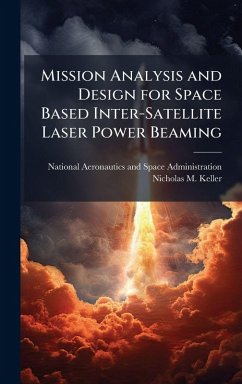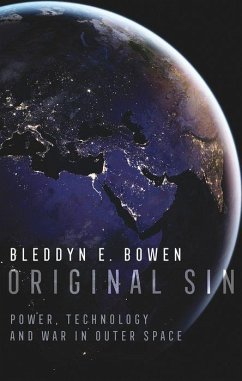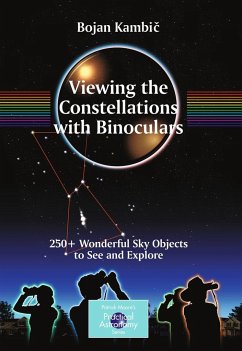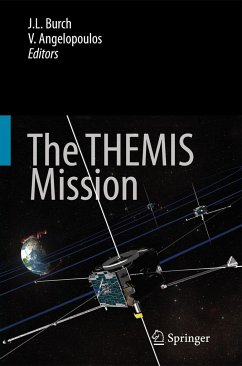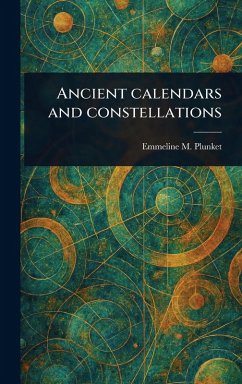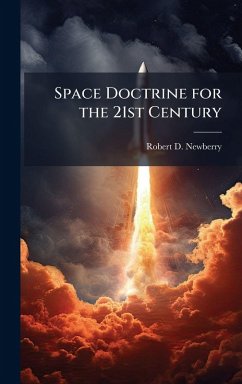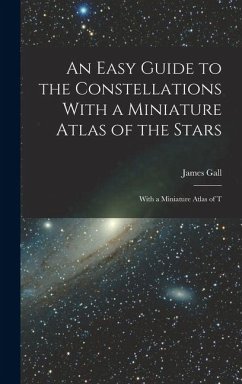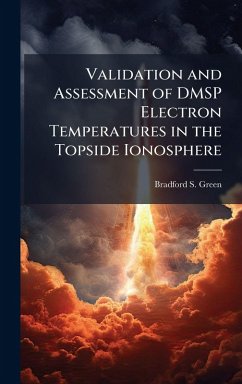
Optimal Coverage of Theater Targets With Small Satellite Constellations
Versandkostenfrei!
Versandfertig in über 4 Wochen
28,99 €
inkl. MwSt.
Weitere Ausgaben:

PAYBACK Punkte
14 °P sammeln!
The daylight passes of a low-Earth orbit satellite over a targeted latitude and longitude are optimized by varying the inclination and eccentricity of an orbit at different altitudes. This investigation extends the work by Emery et al, in which the optimal Right Ascension of the Ascending Node was determined for a circular, matched inclination orbit. The optimal values were determined by a numerical research method based on Emery et al.'s Matlab program. Results indicate that small increases in inclination raise the number of daylight passes up to 33%. These optimal inclinations depend on the ...
The daylight passes of a low-Earth orbit satellite over a targeted latitude and longitude are optimized by varying the inclination and eccentricity of an orbit at different altitudes. This investigation extends the work by Emery et al, in which the optimal Right Ascension of the Ascending Node was determined for a circular, matched inclination orbit. The optimal values were determined by a numerical research method based on Emery et al.'s Matlab program. Results indicate that small increases in inclination raise the number of daylight passes up to 33%. These optimal inclinations depend on the satellite semi-major axis. Eccentricity increases also improve daylight pass numbers, but at a cost of increased range to the target. This work has been selected by scholars as being culturally important, and is part of the knowledge base of civilization as we know it. This work was reproduced from the original artifact, and remains as true to the original work as possible. Therefore, you will see the original copyright references, library stamps (as most of these works have been housed in our most important libraries around the world), and other notations in the work. This work is in the public domain in the United States of America, and possibly other nations. Within the United States, you may freely copy and distribute this work, as no entity (individual or corporate) has a copyright on the body of the work. As a reproduction of a historical artifact, this work may contain missing or blurred pages, poor pictures, errant marks, etc. Scholars believe, and we concur, that this work is important enough to be preserved, reproduced, and made generally available to the public. We appreciate your support of the preservation process, and thank you for being an important part of keeping this knowledge alive and relevant.



